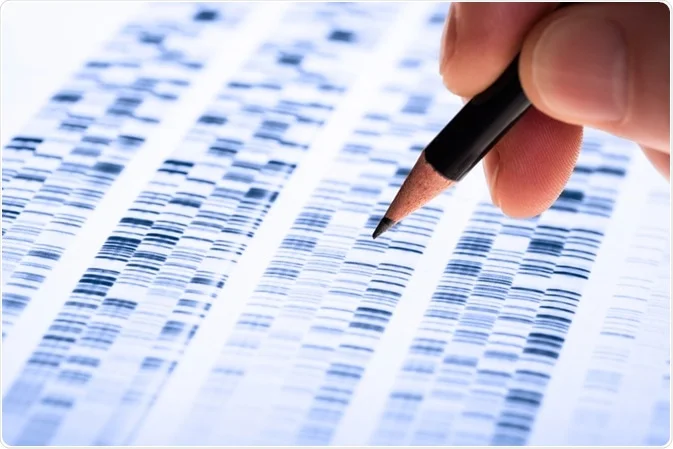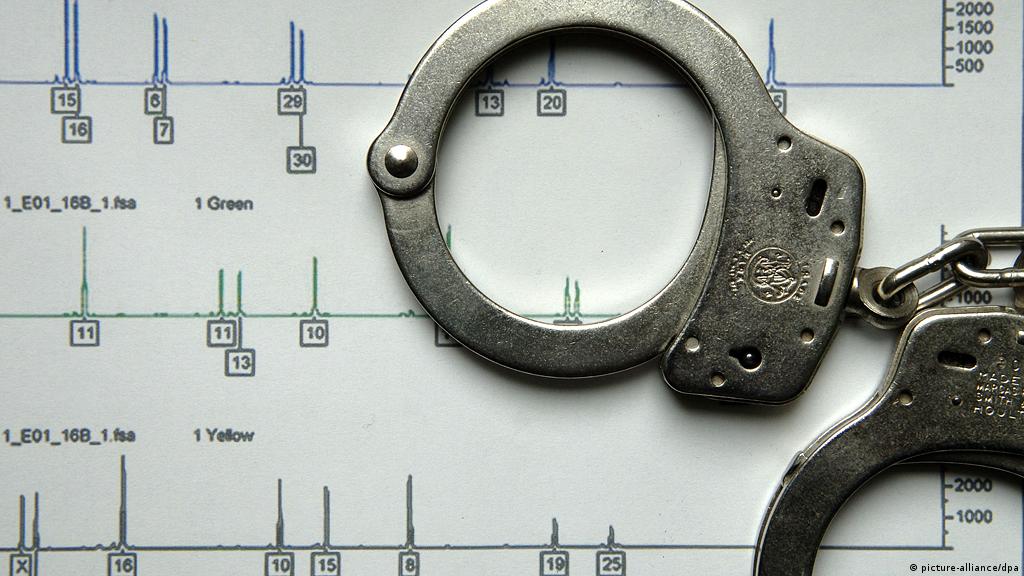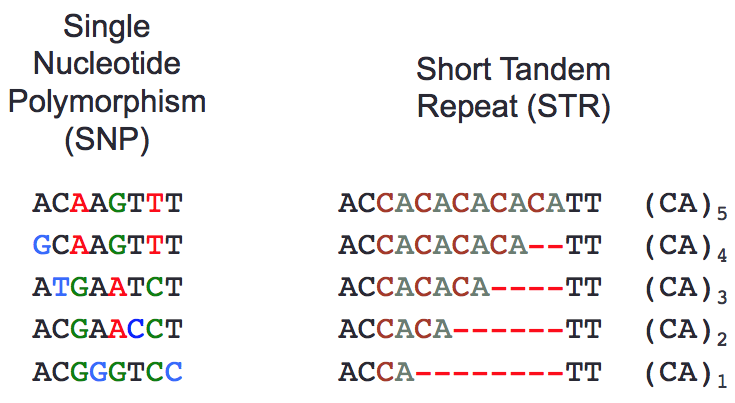DNA Profiling with Incomplete Databases
by Jason, Will, Gabriel, Cooper
What is DNA Profiling?
“DNA profiling is the process where a specific DNA pattern, called a profile, is obtained from a person or sample of bodily tissue”
- Science Learning Hub

How is DNA Profiling Used?
DNA profiling has several important uses that have made it an area of significant research efforts in recent years. DNA profiling is most widely known for its involvement in criminal cases where it is widely used to identify individuals from samples collected at crime scenes. While DNA profiling is incredibly important in criminal investigations, it has several other uses including identifying otherwise unrecognizable bodies and determining familial relationships. For more information on past uses of this technology, check out the case studies page.

What are SNPs and STRs and how are they used for DNA Profiling?
While most humans share the vast majority of their DNA, there are known locations of variance among the human genome that are called polymorphisms. Polymorphisms made up of just one nucleotide are called single-nucleotide polymorphisms (SNPs), while polymorphisms that are made up of repeated nucleotide sequences are called short-term repeats (STRs). Known locations of these polymorphisms that are called genetic loci. DNA profiling works by assembling a profile made up of DNA strands at these loci allowing researchers to search for similarities between samples in areas that tend to vary significantly. Currently the FBI's Combined DNA Index System (CODIS) uses 20 genetic loci for comparison. As this number increases, DNA profiling will become even more effective. For example, testing capabilities are allowing the use of up to 550 STRs, which can detect up to 9th cousin relationships and large-scale analyses could use up to 650,000 SNPs in the future.

What Steps are Taken to Create a DNA Profile?
DNA Profiling is a 5-step process that starts with obtaining a DNA sample which can be found in bodily tissue or bodily fluid samples. Next, the DNA must be extracted from the sample which requires a series of chemical processes to separate the DNA from the other parts of cells. After the DNA has been extracted, a polymerase chain reaction (PCR) is used to copy the STRs at each of the genetic loci while also marking each of the STRs with fluorescent dye. Afterwards, the STRs are separated and their sizes are determined using gel electrophoresis that depends on the dye from the previous step. Finally, the profile is ready to be compared with an existing database of profiles to identify it.
